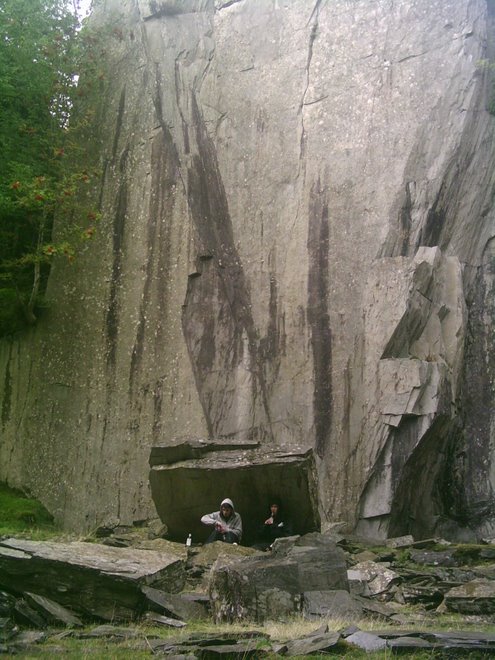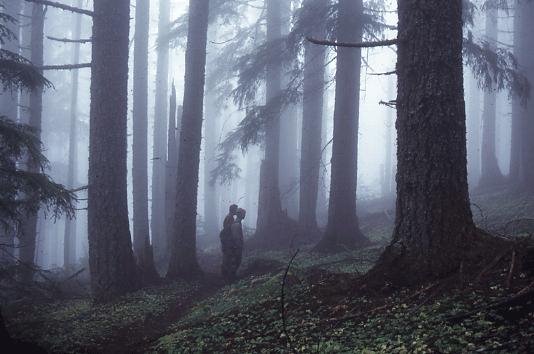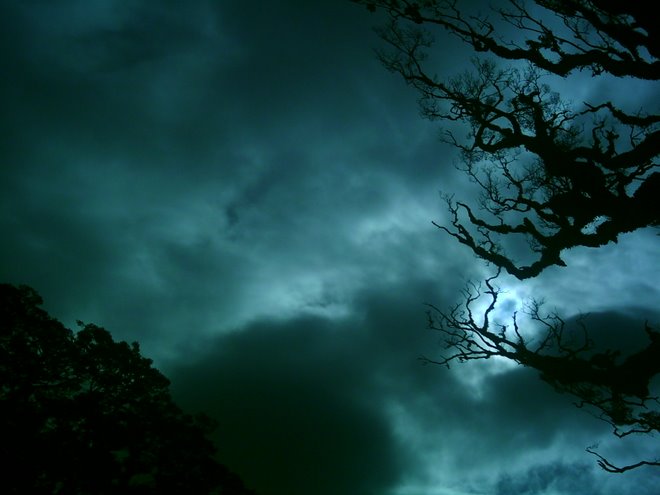

The Zaha Hadid exhibition at the design musem offered some really nice and varied work. There was a large range of different graphical techniques, as well as some great models and projections.
a landscape reflects the cumulative effects of both nature, and society upon it






















 There are several gateways into kingston that kingston council had already indicated, however i looked into other possible gateway sites that i thought may be a significant enough entrance point that a gateway could be justifyable in such a location. i decided that my focus gateway would be at the site of kingston bridge as this seemed a significant entry point between two towns, as well as two counties, and to me seemed to be the most impressive and significant gateway site that could be made into something that would become synonymous with entry into kingston
There are several gateways into kingston that kingston council had already indicated, however i looked into other possible gateway sites that i thought may be a significant enough entrance point that a gateway could be justifyable in such a location. i decided that my focus gateway would be at the site of kingston bridge as this seemed a significant entry point between two towns, as well as two counties, and to me seemed to be the most impressive and significant gateway site that could be made into something that would become synonymous with entry into kingston The site analysis of kingston bridge showed 3 main factors for consideration. The first of these was the divergence of the various users of this gateway as they entered the town. Cyclists and pedestrians split in a different direction to vehicles as they passed the gateway point. Also, one of the gateways key features was the line of sight down the high street when travelling into the town. The other factor was the area that was not an efficient use of space as it was currently a single bench facing a brick wall planter.
The site analysis of kingston bridge showed 3 main factors for consideration. The first of these was the divergence of the various users of this gateway as they entered the town. Cyclists and pedestrians split in a different direction to vehicles as they passed the gateway point. Also, one of the gateways key features was the line of sight down the high street when travelling into the town. The other factor was the area that was not an efficient use of space as it was currently a single bench facing a brick wall planter. My idea for the new gateway was a composite fabric structure which would be wide enough that every person passing through the gateway, by whichever mode of transport would pass underneath it and feel the effect of approaching, being on the threshold of, and arriving into the town. It would also have an open section at the back as you are approaching so that the line of sight down the highstreet is almost framed in a window in the structure, so that as you drive past you get a snapshot of one of modern kingston's best known assests- its shops.
My idea for the new gateway was a composite fabric structure which would be wide enough that every person passing through the gateway, by whichever mode of transport would pass underneath it and feel the effect of approaching, being on the threshold of, and arriving into the town. It would also have an open section at the back as you are approaching so that the line of sight down the highstreet is almost framed in a window in the structure, so that as you drive past you get a snapshot of one of modern kingston's best known assests- its shops. This plan of the proposed gateway also shows a re-developed area just inside the gateway as this area was previously under-utilised. By adding new, more sensibly layed out seating as well as grass and plated areas, it provides an area where people can sit and relax as well as something more noticeable and pleasant to pass through for the pedestrians and cyslists entering the town.
This plan of the proposed gateway also shows a re-developed area just inside the gateway as this area was previously under-utilised. By adding new, more sensibly layed out seating as well as grass and plated areas, it provides an area where people can sit and relax as well as something more noticeable and pleasant to pass through for the pedestrians and cyslists entering the town.




